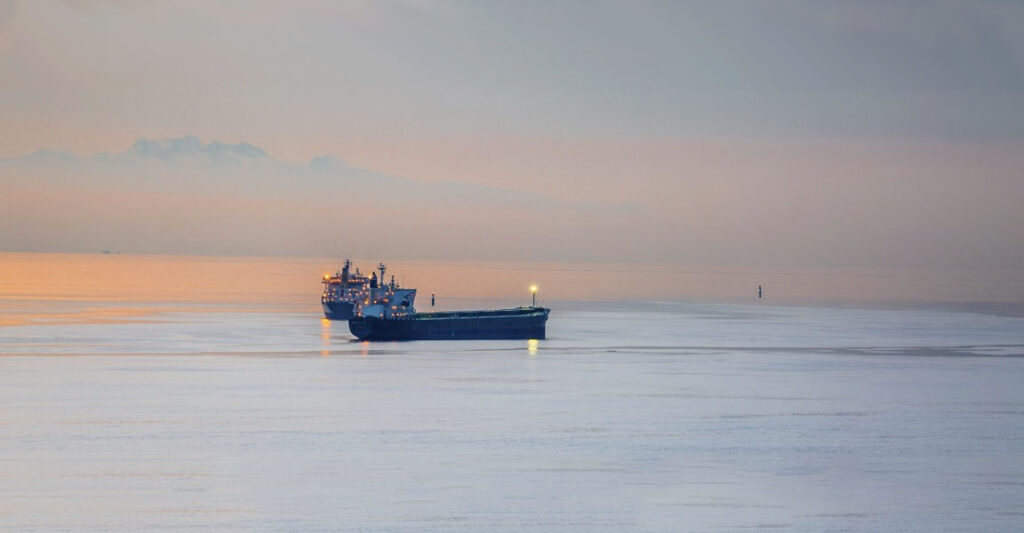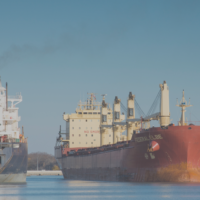Executive Summary
Clear Seas undertook a multifaceted analysis to determine and describe risks related to commercial marine shipping activities and to assist in marine spatial planning in Canada. The research completed illustrates Canada’s Pacific coast in the following areas:
- Vessel Drift and Response Analysis determines how ship routing and the location and availability of Emergency Tow Vessels (ETVs) or rescue tugs might influence the potential for rescue of a disabled ship before it can drift aground.
- Emergency Towing Vessel Needs Assessment fills an existing knowledge gap for rescuing large and high windage ships in moderate to severe wind and wave conditions.
- Vessel Traffic in Canada’s Pacific Region determines the travel patterns of commercial ships and associated petroleum movements in western Canadian waters by analyzing three years of Automatic Identification System (AIS) data.
- Tugs of Opportunity Study examines the availability and capabilities of potential “tugs of opportunity” to assist disabled ships at selected locations along Canada’s Pacific coast.
- Assessing Sensitivity of Coastal Areas to Oil Spills maps the significance of coastal areas as a result of their recognized biological, physical and socio-economic attributes where such attributes may be vulnerable to harm as a result of oil spills from commercial shipping activity.
- Priority Areas & Risk Mitigation Considerations: MTC Project Findings combines and analyzes the three geo-spatial components (project aspects 1, 2 & 5) along with other results to identify areas of elevated risk along Canada’s Pacific coast and the various risk mitigation tools available to help address the risks.
- Mapping Marine Traffic (ongoing)
The Marine Transportation Corridors’s risk assessment methodology will be applied in subsequent phases to assess marine shipping risks in Canada’s Atlantic, Arctic, St. Lawrence and Great Lakes regions.




